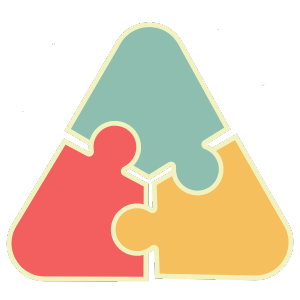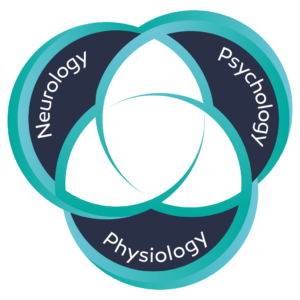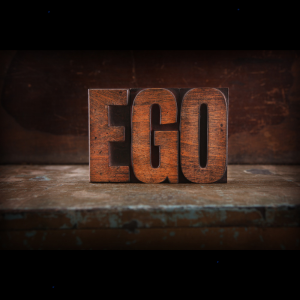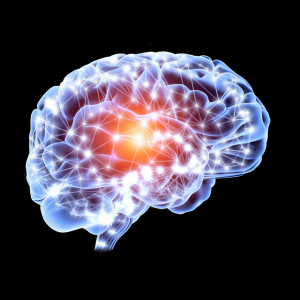So far, we’ve explored three foundational ideas:
- The Neural Net – How your brain learns and reinforces habits, thoughts, and behaviours.
- The Path of Awareness – How you move from automatic reactions to intentional responses.
- The Ego – The inner voice that shapes your thoughts and emotions, often keeping you stuck.
Each of these plays a crucial role in your experience of chronic pain, stress, and personal growth. But the real magic happens when you see how they work together—because that’s when true transformation begins.
The Neural Net: Your Brain’s Learning System
Imagine your mind as a vast forest, filled with pathways. The more you walk a certain path, the clearer and easier it becomes. These well-worn trails represent your Neural Net—the habitual ways your brain processes information and responds to the world.
If you’ve been in chronic pain or stress for a long time, your brain has reinforced pathways that keep you stuck in suffering. Pain becomes an automatic loop, just like any deeply ingrained habit or belief.
The good news? You can change those pathways. That’s where the Path of Awareness and Ego come into play.
The Path of Awareness: Choosing a New Route
You don’t have to keep walking the same old paths. The Path of Awareness allows you to recognize these patterns and choose a different route.
By moving through the stages of awareness:
- Unaware – You react automatically.
- Post-Behavior Awareness – You recognize the reaction after it happens.
- Real-Time Awareness – You notice the reaction as it’s happening and begin to change it.
- Full Awareness – You see it coming ahead of time and choose a different response.
Each time you catch yourself in a habitual reaction and pause to choose something different, you weaken the old pathway and strengthen a new one. This is neuroplasticity in action—your brain’s ability to rewire itself.
The Ego: A Guide to Growth
A common misunderstanding is that the ego is simply resistance—something to fight against. But in reality, the ego is a guide. It doesn’t just hold you back; it points you toward where you need to grow.
The ego is loudest when you are stepping outside your comfort zone, showing you exactly where change needs to happen. Instead of seeing it as an adversary, try viewing the ego as a signpost, highlighting the areas where you need to develop new skills, beliefs, or habits.
- When your ego says, “This won’t work,” it’s really saying, “You’re stepping into the unknown—keep going.”
- When it warns, “You’ll never change,” it’s pointing out an old belief that needs rewriting.
- When it convinces you, “It’s too hard,” it’s identifying an opportunity to build resilience.
Once you begin to observe the ego without judgment, you can use it as a tool for transformation rather than a source of self-sabotage.
How They Work Together to Transform Your Life
Let’s put it all together:
- The Neural Net sets the stage—your brain’s current habits and patterns.
- The Path of Awareness gives you the ability to step back and choose a new response.
- The Ego is the guide that points out where growth is needed.
When you integrate these three concepts, change becomes possible. Instead of repeating old loops, you build a new way of thinking, responding, and experiencing life—one that supports healing and personal growth.
What Comes Next?
Now that you see how the mind, awareness, and ego connect, it’s time to take action. In the final article, we’ll introduce the Trinity Healing Method, a holistic approach that ties everything together and provides a practical path to lasting change.
If you’re ready to learn more about breaking the cycle of chronic pain, check out our free resources:
Stay tuned for Part 5: The Trinity Healing Method—A Practical Path to Healing.





